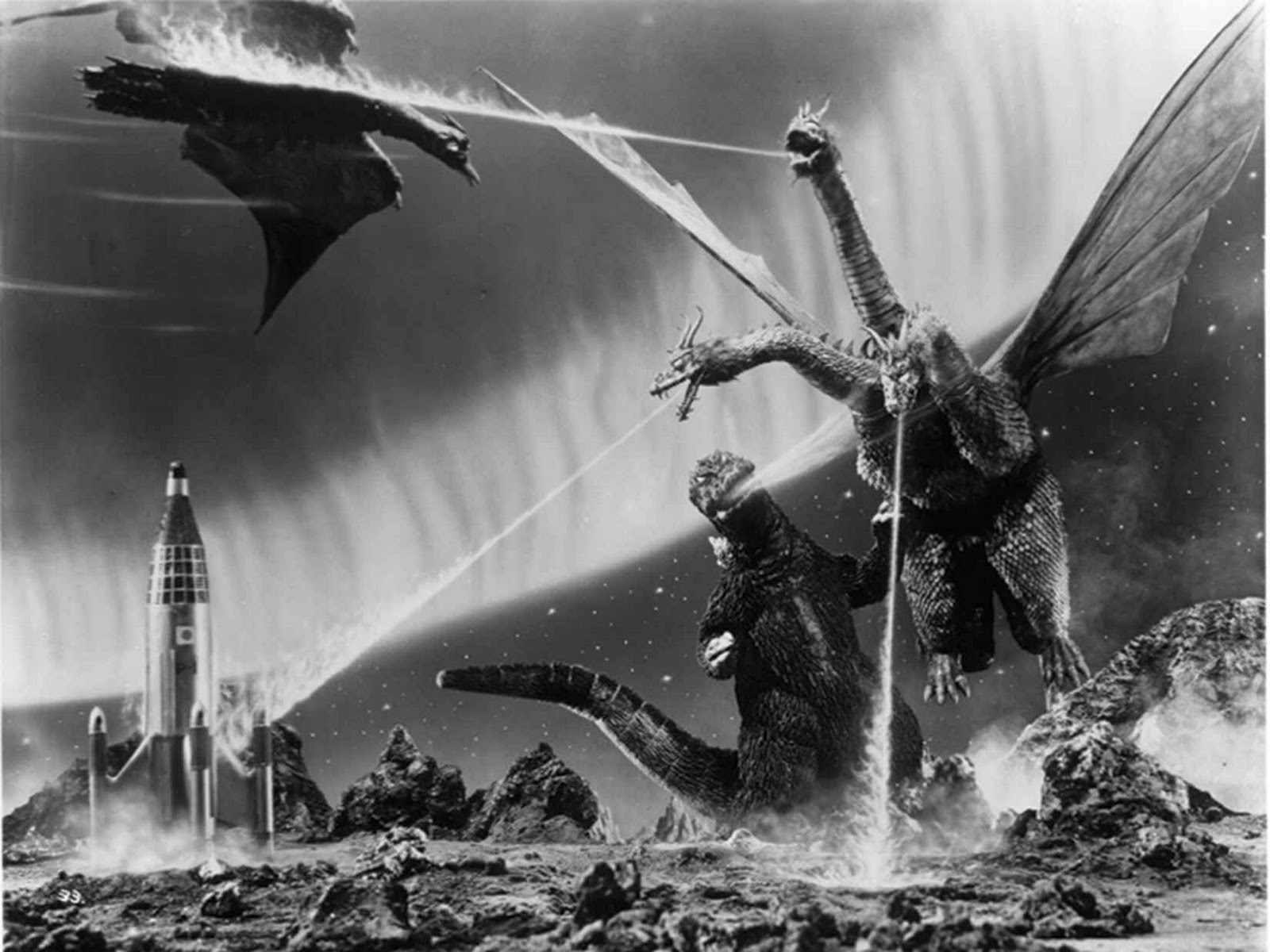Amazon. One of those companies Red Cedar always has on our radar. Not because we think we are poised to become the Amazon of Education but because of their ability to fundamentally change the business models of their competitors to meet the threat they pose, shifting entire markets in Amazon’s direction. I recently read that Walmart had invested over $400M in a technology platform (and hundreds of millions more to begin converting stores) intended to address the disparity between Walmart’s online sales ($8B annually) and Amazon’s ($61B). When Rodan meets Godzilla, big things happen.
So, what does it mean that Amazon, who has seemed content to sell digital textbooks to college students, has purchased TenMarks, creators of an online, adaptive math program for K-12? Given their predilection to create platforms, one play that seems likely is that this is the beachhead for an education content platform. Today, there are many options available for schools to purchase online curriculum, online assessments and so on. There are plenty of single company content platforms out there: Merit Nation, Kahn Academy, CK 12, University Now, Pearson’s MyLab. It is easy to imagine a platform where a district or a regional education entity is able to purchase and deploy a wide range of program content from many vendors, big and small.
Is there something out there that does this already? While this platform is M.I.A. in education, there is a well established analogue in e-Commerce: Amazon webstores. Amazon has over 2 million Marketplace Sellers. For $40 a month, a Seller can upload her listings, customers can purchase products and Amazon’s infrastructure handles the transaction, fulfillment and delivery of the products.
But what about content, you ask? Can Amazon deliver that? Again, the model is in place – Amazon Prime. (Besides the fantastic deal on two day shipping that comes with membership,) Prime delivers digital movies and songs through their own players. It certainly would not be much of a leap to deliver educational content. And, of course, there is the Kindle and now the Fire to play all this content on.
One can only assume that Pearson Education, HMH and others, the big boys in the educational publishing, have their own plans for platforms, devices and content delivery. And one would have to believe they are looking at this space wondering how they will become the Amazon of education. We’ll watch and wait. Let’s just say that to this pair of eyes, they look more like Megalon than Ghidorah.
